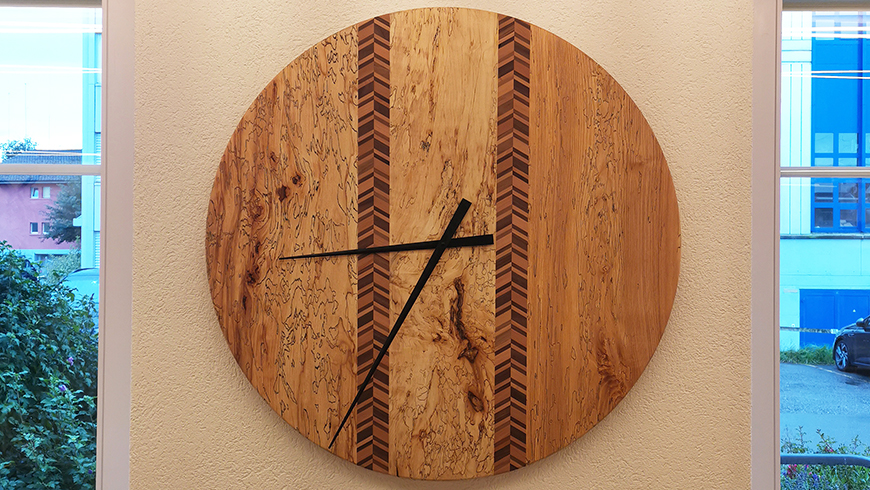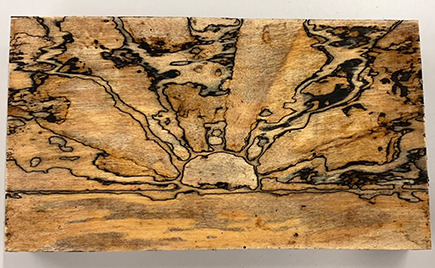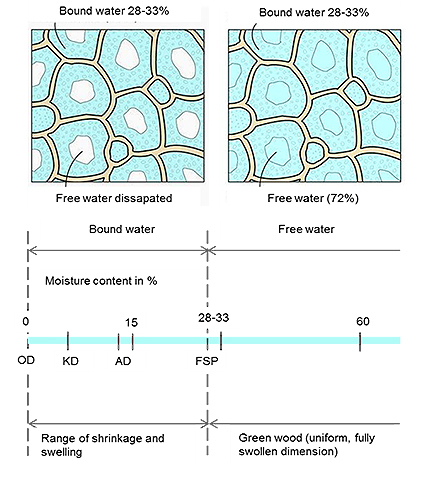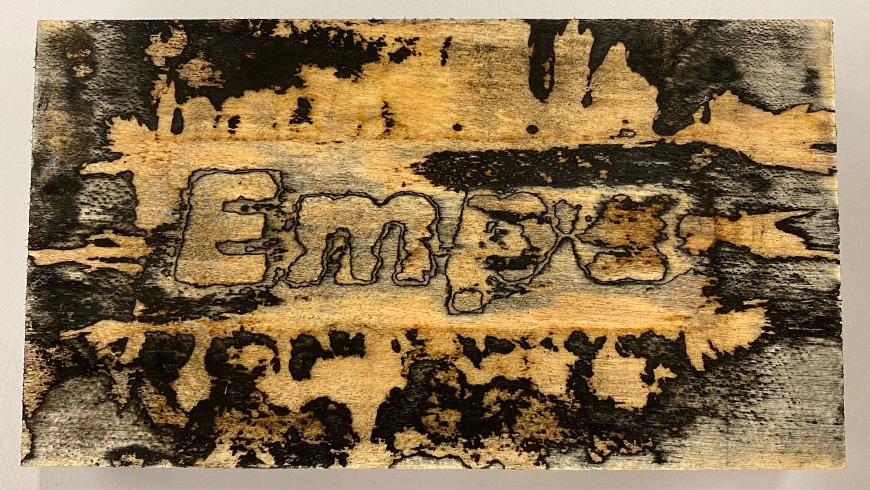Spalted wood
Teaching fungi how to write

Controlling the fungus – controlling the artwork

New methods in wood processing
Schwarze's team identified several fungi growing in nature and analyzed them in the lab to select those with the best properties as wood finishers. Depending on the combination of fungal species, dark lines caused by the pigment melanin appeared in the wood. Melanin is water repellent, antimicrobial and protects the fungus from natural competitors, for example bacteria. The researchers could even control the patterns in the wood depending on the type of fungi they used, bringing forth different results; some lines were scrambled, others almost geometrically perfect. And last but not least, the team could even "teach" the fungi to write words – a world's first.

While the fungus can be controlled to deliver the desired artistic result, the outcome of the process is also owed to research in the area of wood processing. Most fungi can only colonize and degrade wood when fiber saturation occurs, i.e. when the moisture of the wood is greater than 28-33%. In this case, freely available water is present inside the cells, which is essential for the growth of most fungal species. The advantage of the fungi used is that they can colonize wood even at a low wood moisture of 20% because they penetrate the cell walls in the absence of water and use the bound water for their growth. Thus, these fungal species become more competitive and the risk of contamination is greatly reduced. A further advantage is that after completion of the fungal treatment, the wood moisture is still very low and thus less energy is required for drying the wood.
Optimizing wood properties with the help of fungi is the research topic of Empa scientist Schwarze. His group focuses on the development of an industrial process for spalting wood in high-value furniture applications. Behind this project lie two incentives: one is to meet a high customer demand for spalted wood in the high-end furniture market. The other is that tree species favored for spalting are normally burnt as energy wood in Switzerland. Due to their abnormal growth formations and a seemingly unattractive coloring, the tree species in question – ash, beech and maple – have limited sales outside of energy wood. However, they are particularly receptive to spalting – and thus highly promising for adding aesthetic value to the upscale furniture market.

Media release Empa "Rotten to the core" (Apr 2, 2019)
Journal "Materials & Design": The dark side of fungal competition and resource capture in wood: Zone line spalting from science to application (Jan 2021)
-
Share






